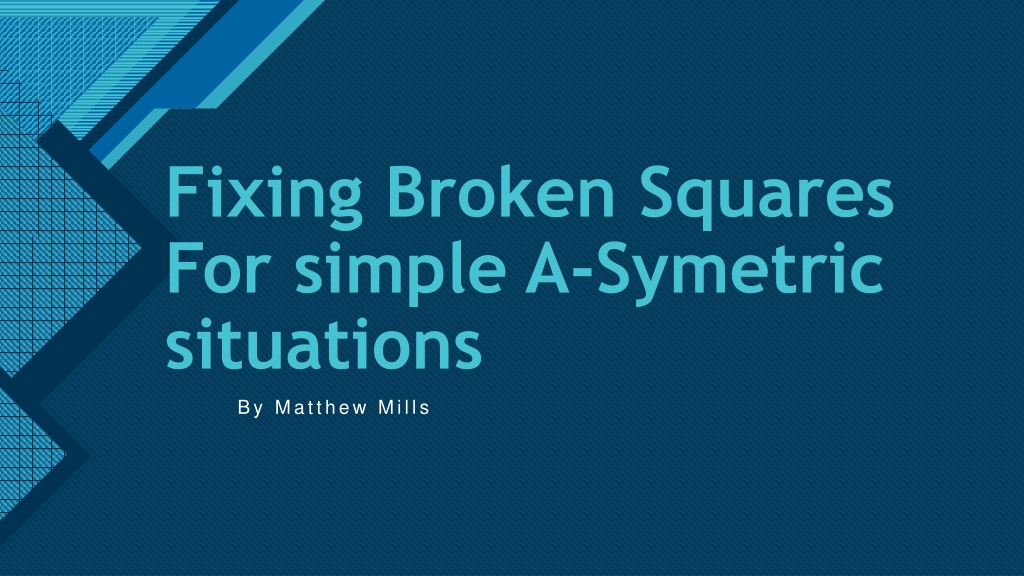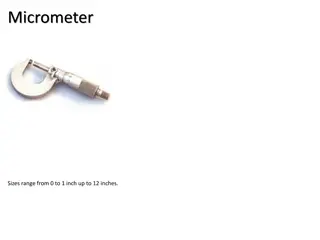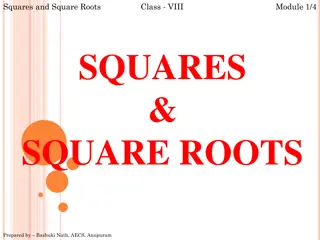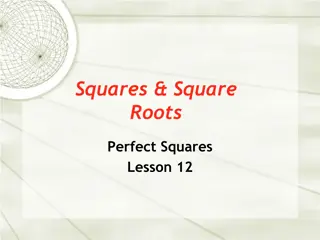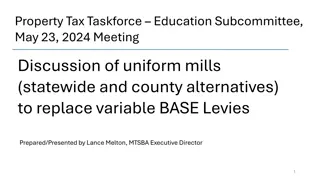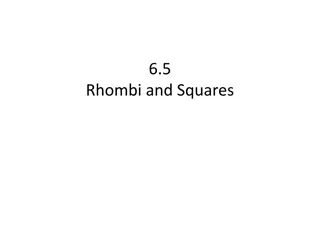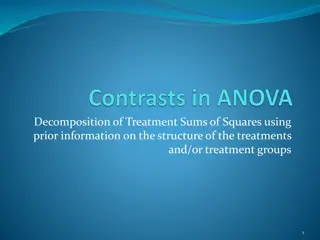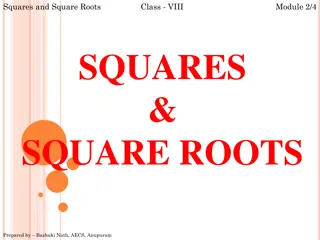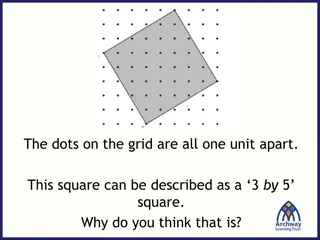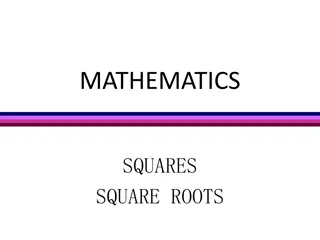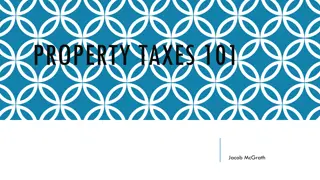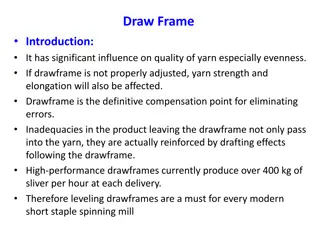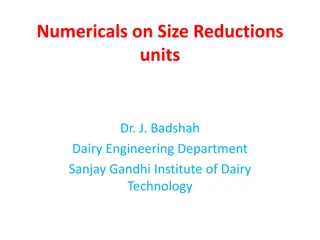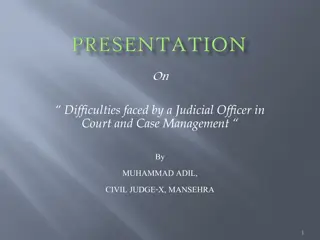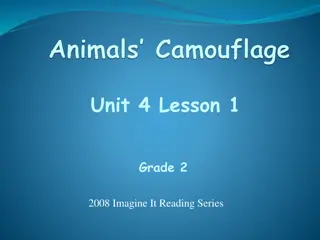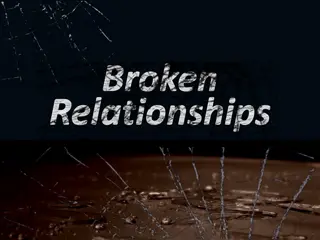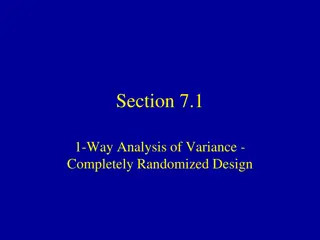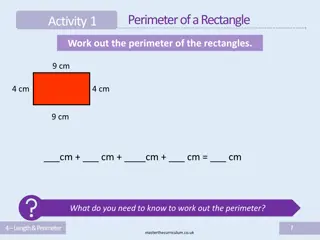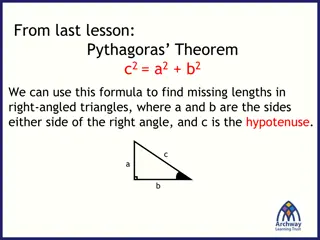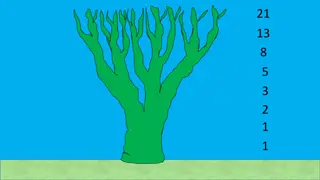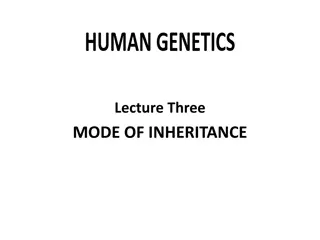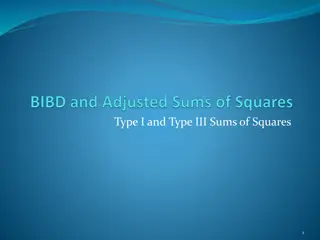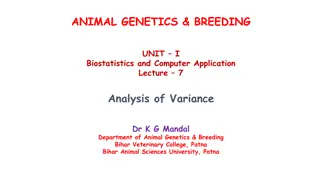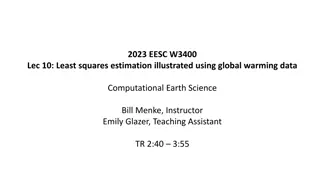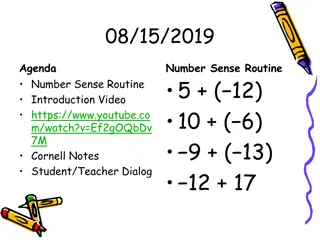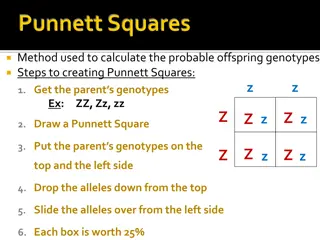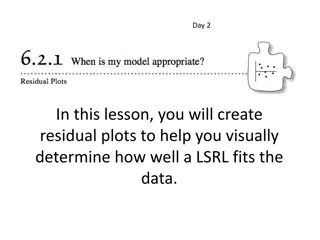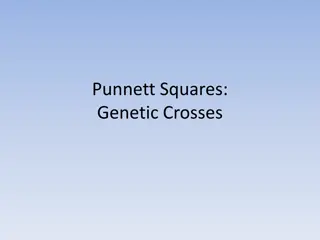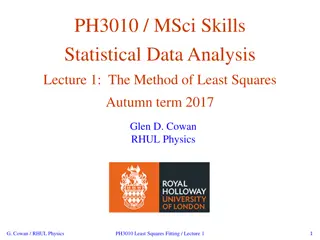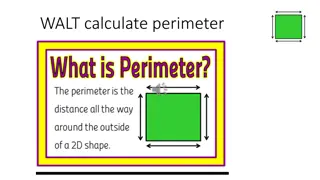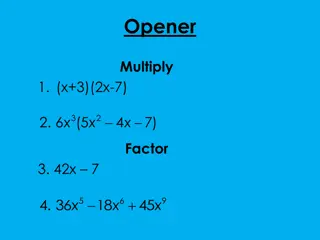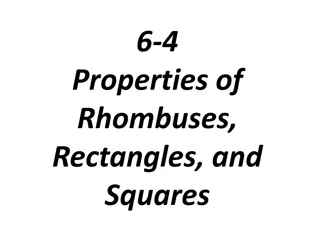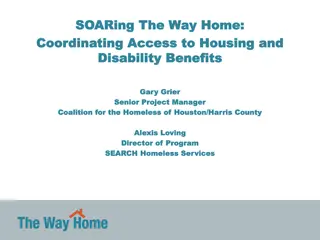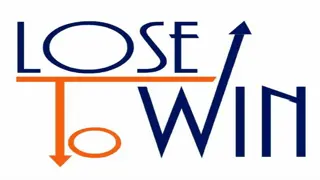Fixing Broken Squares: A Guide by Matthew Mills
Explore the world of square dancing and learn how to resolve broken or A-symmetric setups without simply squaring up every time. Discover Normalisation Tools and their role in addressing basic issues. Delve into the concept of symmetry in square dancing and understand how to mirror opposite sides effectively. Gain insights on how to use basic modules to assist in repairing squares and handling various dance scenarios.
Download Presentation

Please find below an Image/Link to download the presentation.
The content on the website is provided AS IS for your information and personal use only. It may not be sold, licensed, or shared on other websites without obtaining consent from the author. Download presentation by click this link. If you encounter any issues during the download, it is possible that the publisher has removed the file from their server.
E N D
Presentation Transcript
Click to edit Master title style Fixing Broken Squares For simple A-Symetric situations By Matthew Mills 1
Click to edit Master title style How often do we find our dancers have had an accident and swapped dancers over to cause A-Symetric setups? Q - Is it easier to square up, or is there another way? 2 2
Click to edit Master title style What will be covered? Is there another way to repair our broken/A-symetric squares other than to just square up every time? What are Normalisation Tools? How can these tools help me to resolve basic issues? When should I try to repair the square? What other situations could occur? What basic modules could I use to assist me? 3 3
Click to edit Master title style What is Symmetry Symmetry in Square Dancing is where one side of the square mirrors the other side. Our head & side couples will be a mirror opposite on the other side of the square. 4 4
Click to edit Master title style What are Normalisation tools? Normalisation tools involve a set group of movements that can allow you to get your dancers back to a normal arrangements. Example scenario: Waves Two parallel waves where a center and end dancer have accidentally traded Example movements: Folds Run U-Turn Star Thru California Twirl Hinge From this setup, you will notice we have two dancers swapped places. If we call a normal boys or girls run and bend the line, what will happen? How is the body flow? 5 5
Click to edit Master title style What are Normalisation tools? Extra helper words: Centers Ends Outfacers Those looking out Those looking in Resolution to normal arrangements: Centers Run - Bend the Line - Pass thru Boy/Girl Fold- Star thru Bend the line Centers Fold Star Thru Those looking out California Twirl 6 6
Click to edit Master title style Question to Callers: How would you get out of this? 77
Click to edit Master title style Example scenario: Lines Two lines of four where one couple are half sashay Pass Thru - Boy/Girl Fold Pass Thru If you can California Twirl, if not U-Turn Back 88
Click to edit Master title style Question to Callers: How would you get out of this? 99
Click to edit Master title style Two couples are Normal and with partners, the other two couples are not with partners (Provided by Alan Evans) You may notice two couples (Head & Side) have swapped ladies, but the other Head & Side couple have their partners and the Male Symmetry is correct. 1. Keep Couples pairings, Get to an 8 Chain Position where Asymmetric Couples are face each other 2. Veer Left 3. Those who have their partner Bend The line, the other Chain Down the line 10 10
Click to edit Master title style Two couples are Normal and with partners, the other two couples are not with partners (Provided by Alan Evans) You may notice two couples (Head & Side) have swapped Men, but the other Head & Side couple have their partners and the Lady Symmetry is correct 1. Keep Couples pairings, Get to 8 Chain Position where Asymmetric Couples are face each other 2. Veer Right 3. Those who have their partner Bend The line, the other Boys Trade and Bend the Line 11 11
Click to edit Master title style What other advance setups can dancers get into? What other things do I need to think about? 12 12
Click to edit Master title style What is Sequence Each of our couples have a couple number from 1-4. In Sequence is where our dancers are ordered 1-4 in a counter clockwise. If our dancers are 1-4 in clockwise, they are considered out of sequence. Example picture: All boys are in order clockwise or counter clockwise? All girls are in order clockwise or counter clockwise? 13 13
Click to edit Master title style Question to Callers: How would you get out of this? 1414
Click to edit Master title style All Couples are with partners but the Sequence is out All Men have their partners but a Head and Side couple have traded somewhere. 1. Get into Lines 2. If Head Couples are already at the end of the lines facing each other, move to step 4 3. Otherwise Pass Thru Bend The Line 4. Just the Heads or Sides Pass Thru 5. Everyone wheel and deal 6. Symmetry is back! 15 15
Click to edit Master title style Emergency Symmetry & Sequence Check Sometimes when we are calling and notice the Asymmetric sequence, we can get flustered and forget where dancers are. Or we think symmetry has broken but we are unsure, how can we find out? Get Lines of Four; Raise your hands if you are heads Get Lines of Four Pass Thru Tag the Line Heads Face In(Wait a few seconds) Sides Face In The second option above will give you a few seconds more to determine if Symmetry has broken while keeping everyone dancing. 16 16
Click to edit Master title style Question to Callers: How would you get out of this? 1717
Click to edit Master title style How would I solve this? All our tools have been presented to us, lets do the following: 1. Normalise 2. Check Sequence 3. Can anyone be matched? 1. Is it easy to match couples? 4. Check Sequence 5. Can you resolve sequence using previous modules? 18 18
Click to edit Master title style When do I repair the squares and what tips do you suggest? To prevent your square from rapidly turning into the examples listed, use the normalisation tools as fast as possible. Keep an eye on body flow for the dancers. Usage of helper words like - centers, ends, outfacers, etc can help. Identifying these broken setups earlier can also prevent any major symmetry issues. 19 19
Click to edit Master title style So can I use these tools with multiple squares? Answer Yes! Square 2 Square 1 20 20
Click to edit Master title style Emergency GetOut Left hand star Left Hand Star GetOut This has been around for a long time and you don t need to know the sequence of any dancers From existing formation, get dancers to a circle Head or Side man make left hand star, pickup partner, lady pickup corner man, man pickup partner Lines of 4 back out Symmetry, Arrangement & Sequence fixed 21 21
Click to edit Master title style to not panic and stay in control! Summary Our dancers certainly provide callers some great challengers with calling and asymmetric squares are no different. It s easy to get frighten and flustered when you see an Asymmetric square but callers need This guide doesn t have all the solutions to fixing broken/asymmetric squares but it does provide some basic tools for callers to use to get out of simple and quickly discovered situations. 22 22
Click to edit Master title style Questions? 23
Click to edit Master title style Thank you! 24
